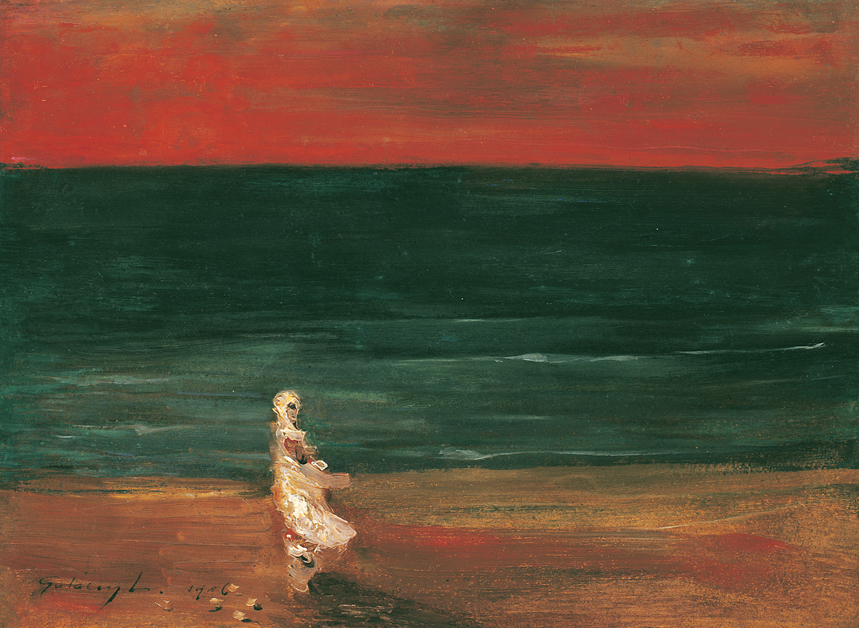
Looking at man, we can observe two types of action. First, we have hands and feet, so we can manipulate and walk, just as we have organs that enable us to talk or song. Sensation is the other type of action, most of the organs of which are situated on our heads, arranged vertically in a particular order, with the eyes on top, etc. As the eyes can see, so the soul has a way of looking at things. What I mean is that our selves exist in mostly in images, our nature is defined by visions, memories, worldviews and outlooks. There are, in other words, many types of images, some of which can be found in the deepest recesses of the soul, which we can call symbols or archetypes. Archetypes are very important at times when humanity forgets about fundamental ethical values, has no respect for other humans, for nature, creation and beauty, engaged in an endless rush that only destroys man and his environment, whilst becoming more and more superficial spiritually. Archetypes are there to warn us that man is but a minute part of nature; it is possible to live in harmony with it, and it offers its wonders for contemplation as a young girl contemplates the archetypal images of the sunset or the sunrise on a windswept beach. Whether it is a sunset or the sunrise, it is impossible to tell, the colours whisper, sky, sea, land, they have another miracle as a part, man, we only need to learn to stop. Crimson and emerald, crimson and emerald. We need to learn to stop.